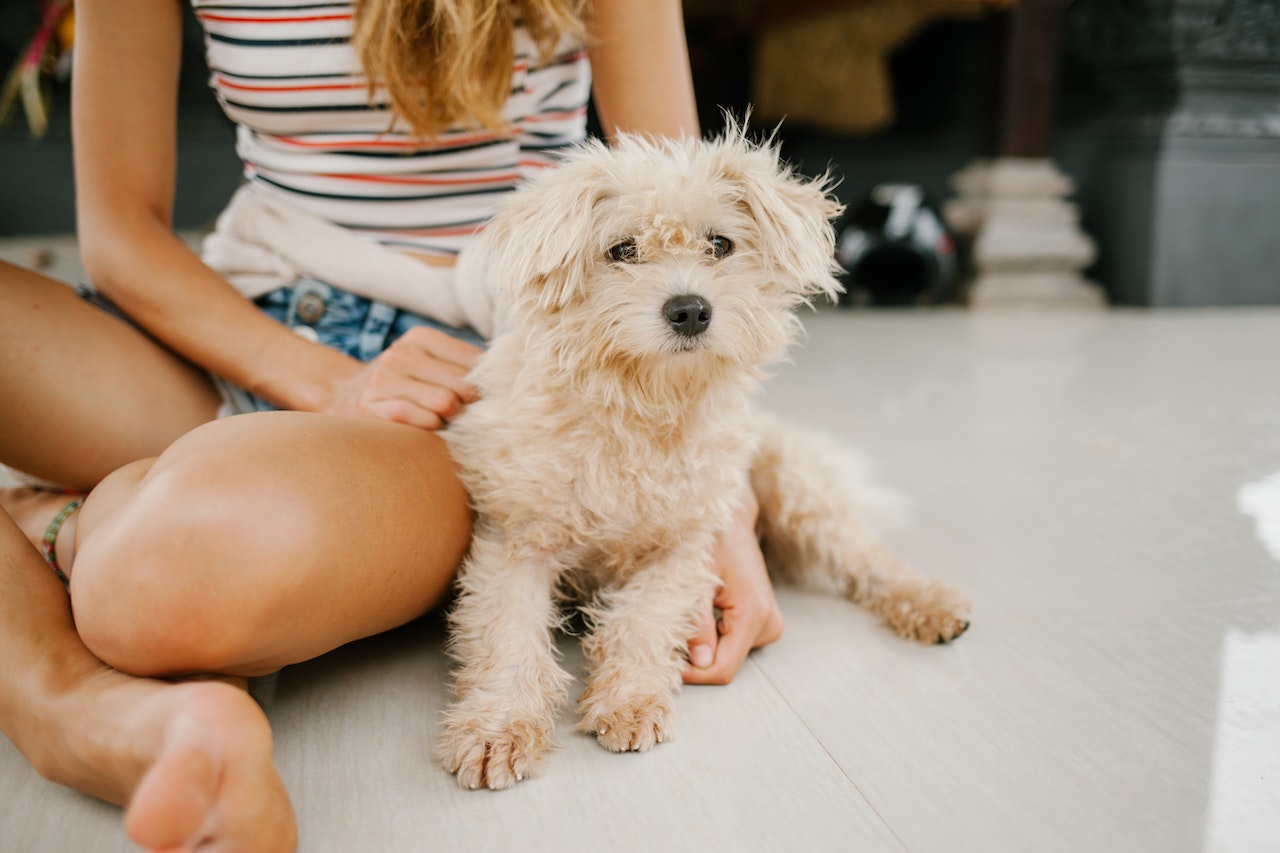We’ve been getting so many messages about what are the best hypoallergenic dog breeds that we’ve decide to put out this article.
This is a popular topic because it matters, a lot, when considering to get a furry friend.
We know that no dog breed is totally hypoallergenic, but some are much more than others.
Here is our top 20 choice…
Top 20 Hypoallergenic Dog Breeds
1. Poodle
A classic choice!
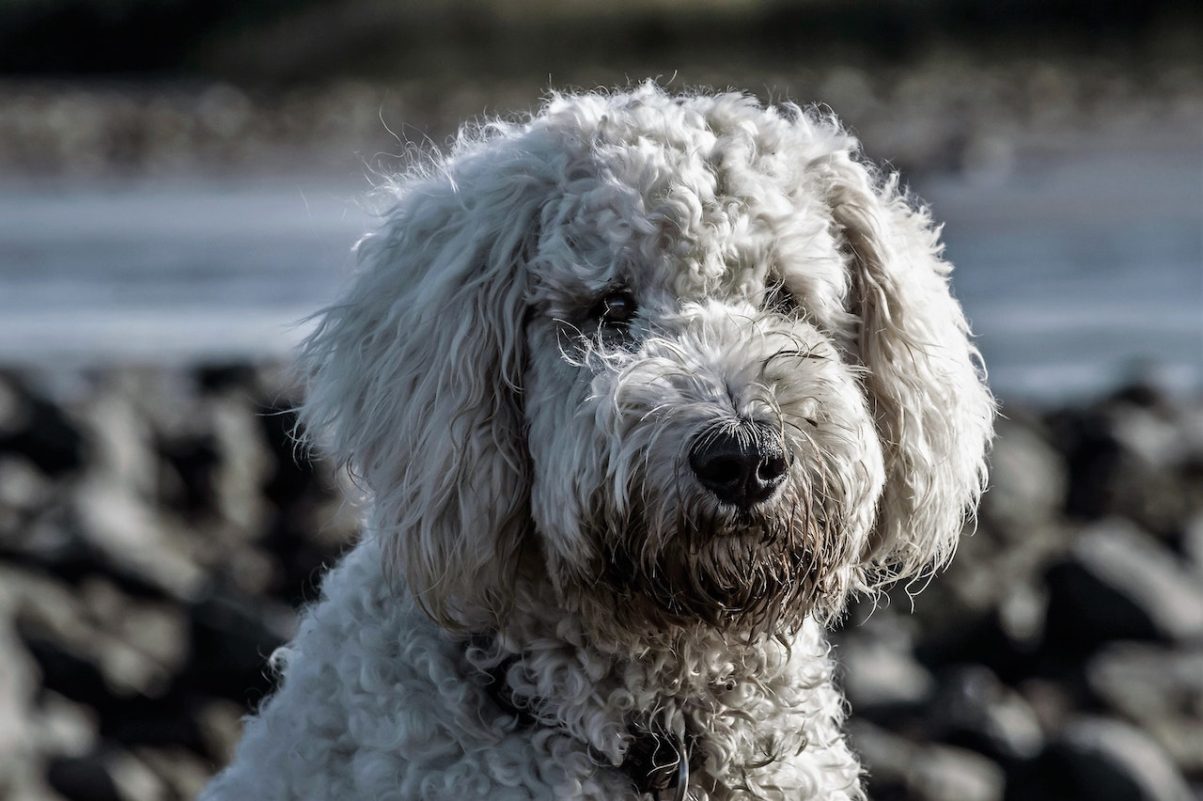
Poodles come in three sizes—standard, miniature, and toy—but all are equally hypoallergenic.
Poodles are not only great for allergy sufferers, but they’re also one of the most intelligent and trainable breeds out there.
They’re super stars in obedience and agility competitions.
Why Are Poodle Hypoallergenic?
Poodles have a curly coat that traps dander (which is usually what causes allergies), reducing its spread in the environment.
This breed also doesn’t shed much, which helps keep allergens to a minimum.
2. Bichon Frise
Compact and cuddly!
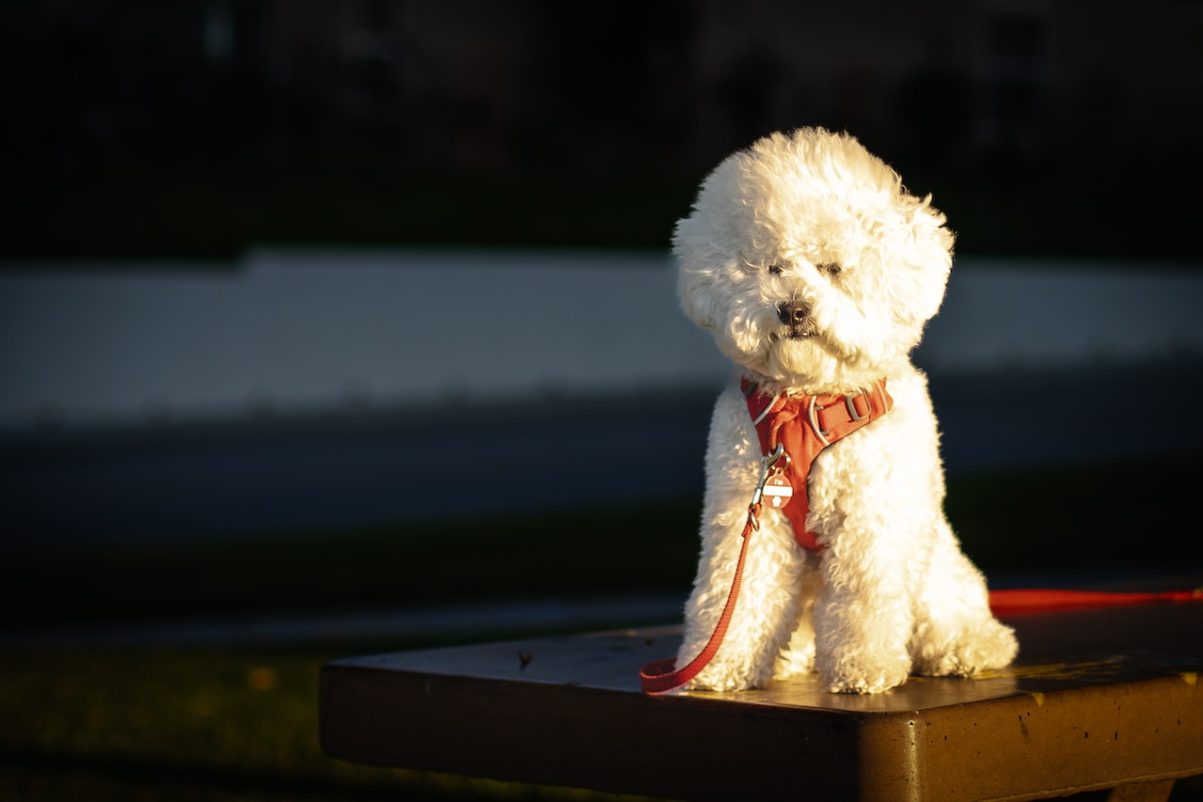
The Bichon Frise is a small breed known for its dense coat of curly white hair.
Bichons are cheerful, lively dogs that love to play. They’re great companions for both kids and adults.
Why Are Bichon Frise Hypoallergenic?
The Bichon Frise’s curly coat functions similarly to the Poodle’s, trapping dander and preventing it from spreading.
Their hair grows continuously, reducing the amount of shedding and dander released.
3. Schnauzer
Three sizes to choose from!
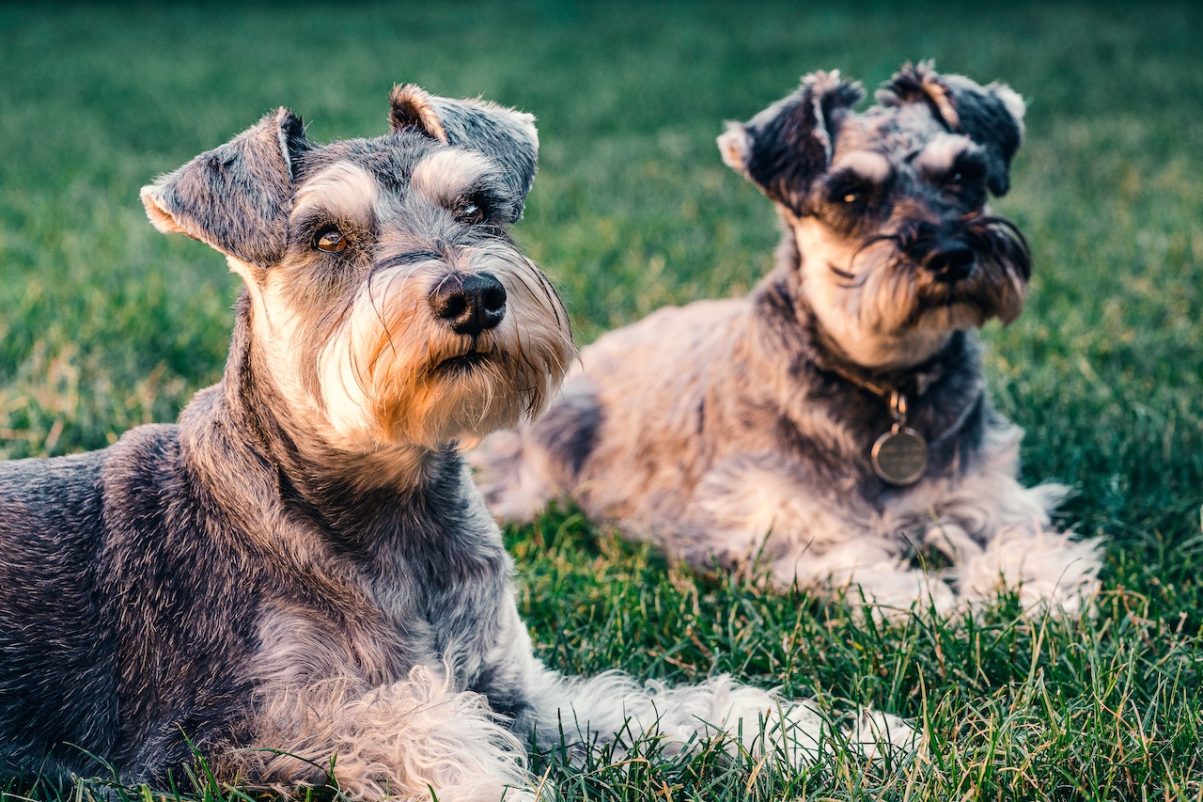
Like the Poodle, Schnauzers come in three sizes: miniature, standard, and giant. Schnauzers have a protective nature, making them great watchdogs.
They’re also known for their bold and spirited personalities.
Why Are Schnauzer Hypoallergenic?
Regardless of size, they all have a similar wiry and dense double coat that minimizes shedding.
As a result, fewer allergens are released into the environment, making them hypoallergenic.
4. Shih Tzu
Long, flowing coats!
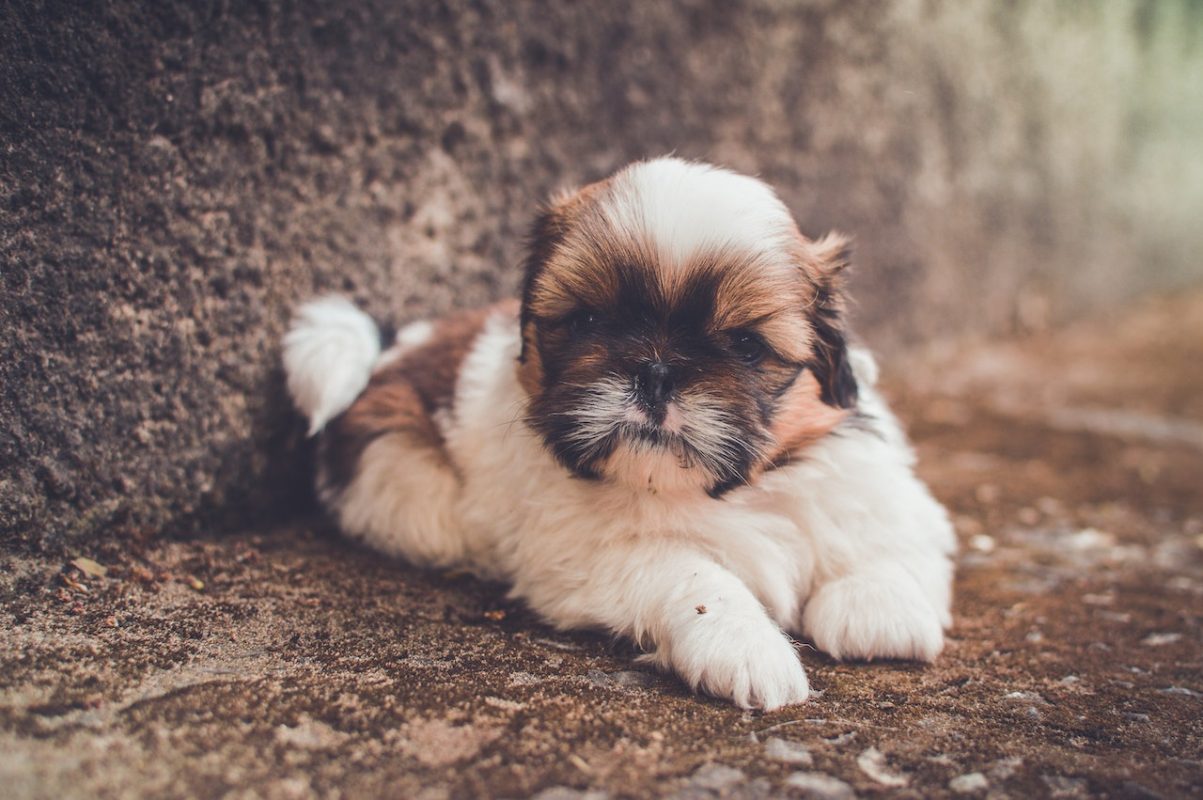
The Shih Tzu‘s long, flowing coat is more like hair than fur, making it a good choice for allergy sufferers.
Shih Tzus are bred for companionship. They’re affectionate, sociable, and love being the center of attention.
Why Are Shih Tzus Hypoallergenic?
Shih Tzus have a double coat that sheds less than other breeds. Plus, their long hair, if kept long, tends to catch and hold onto dander.
Regular grooming can keep dander to a minimum.
5. Portuguese Water Dog
A Presidential pick!
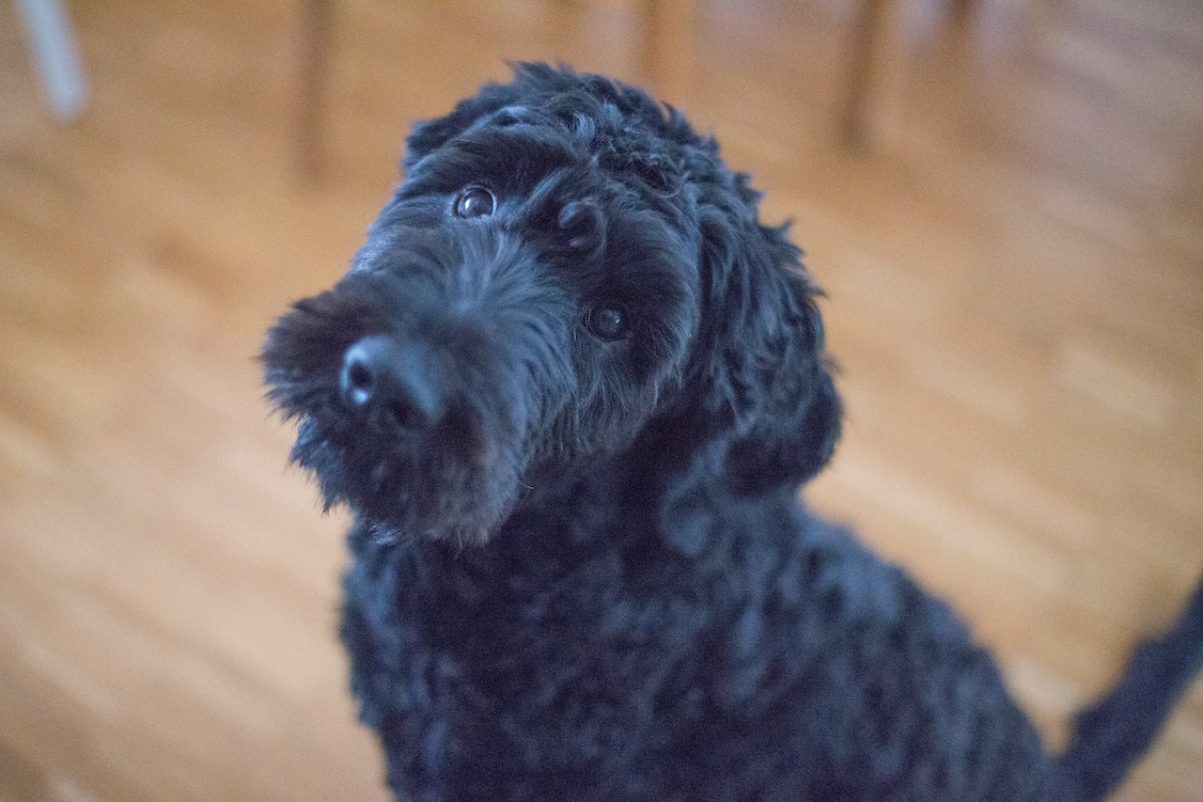
The Portuguese Water Dog gained fame as the breed chosen by former President Obama due to family allergies.
These dogs love to swim, as their name suggests. They’re active, intelligent, adventurous and require lots of mental and physical stimulation.
Why Is The Portuguese Water Dog Hypoallergenic?
The Portuguese Water Dog has a thick, wavy coat that’s low-shedding.
This breed also produces less dander, which can help reduce allergens in the home.
6. Maltese
Silky white coats!
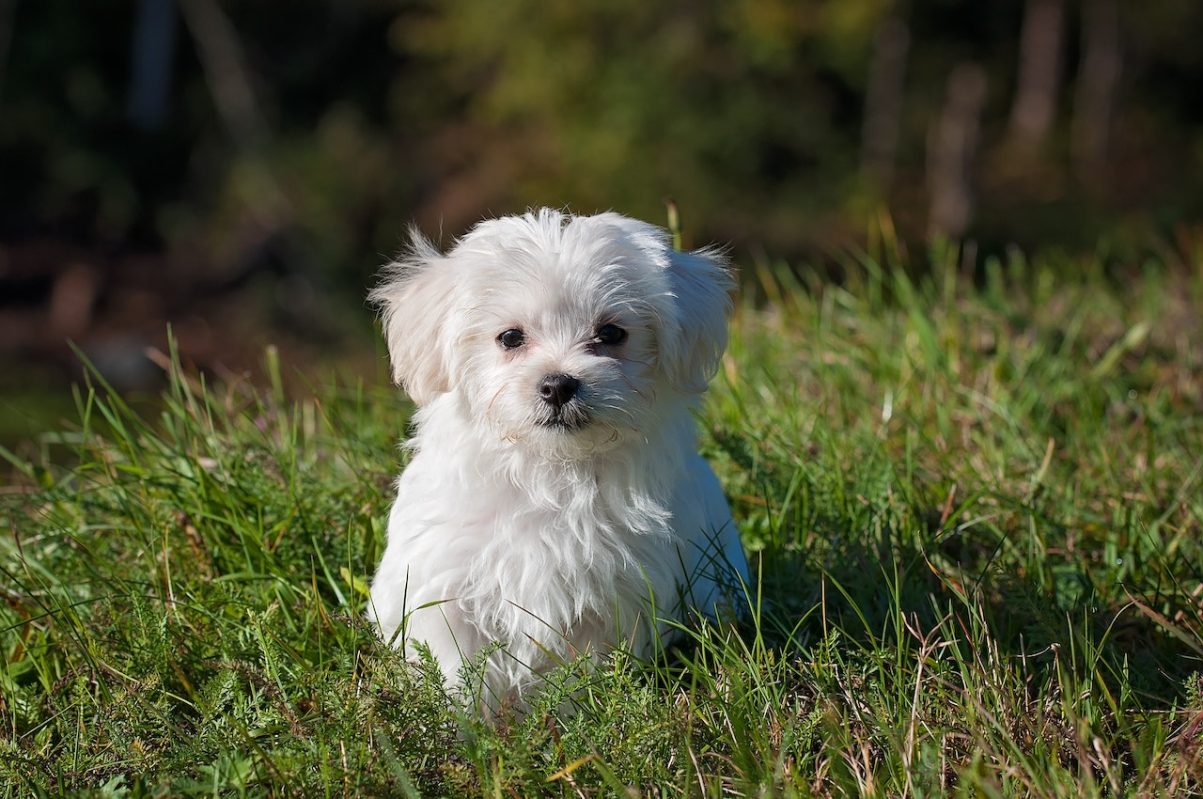
Maltese dogs have long, silky hair that doesn’t shed much.
Despite their small size, Maltese dogs are known for their fearlessness. They’re also gentle and affectionate, making them great companions.
Why Are Maltese Hypoallergenic?
Maltese dogs have hair, not fur, which grows continuously and sheds very little. This reduces the amount of dander in the environment.
Regular grooming can help control dander.
7. Basenji
The barkless dog!
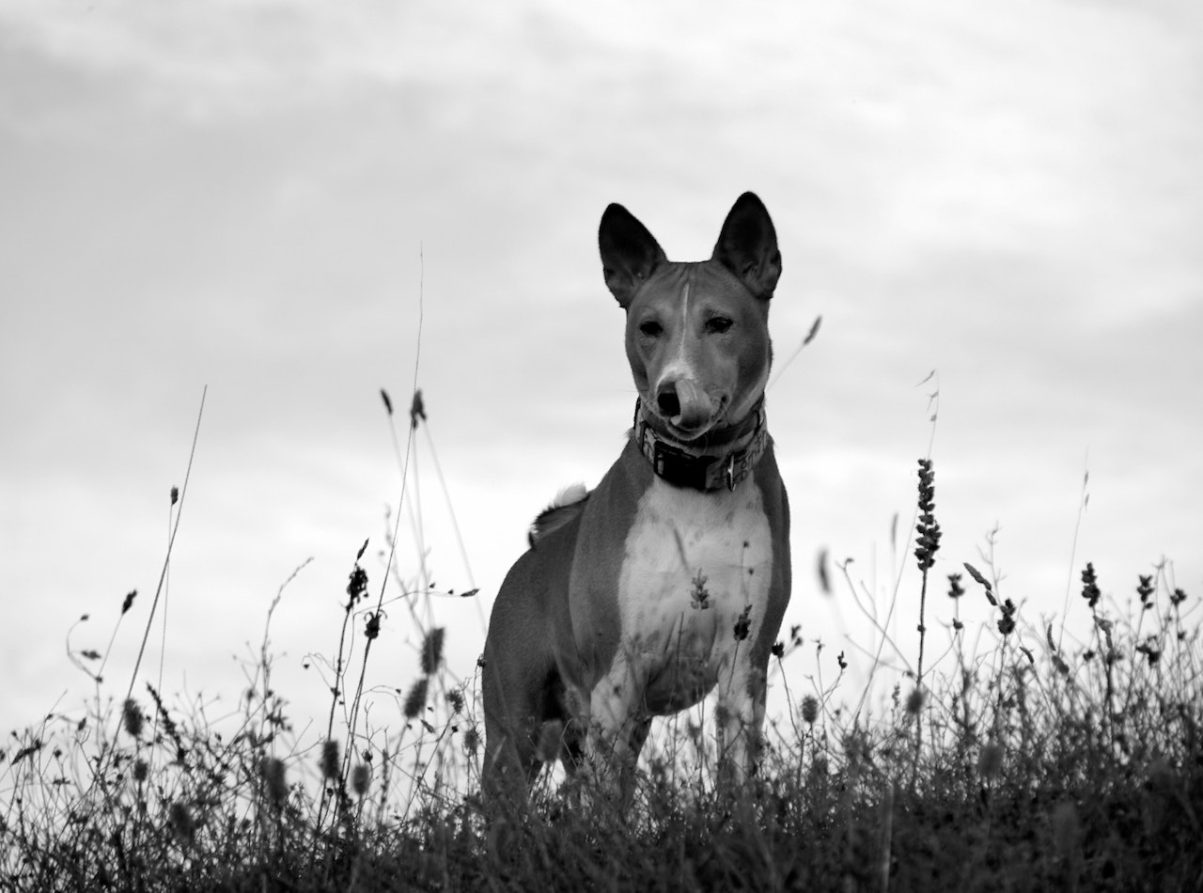
The Basenji, known as the “barkless dog,” has a short, fine coat that doesn’t shed much, making it hypoallergenic.
Basenjis are intelligent and independent.
They’re not known for being overly affectionate, but they’re loyal and make great companions for the right owner.
Why Are Basenjis Hypoallergenic?
Basenjis are low-shedding dogs and produce less dander than other breeds, making them a good choice for people with allergies.
8. Italian Greyhound
Fine, short coat.
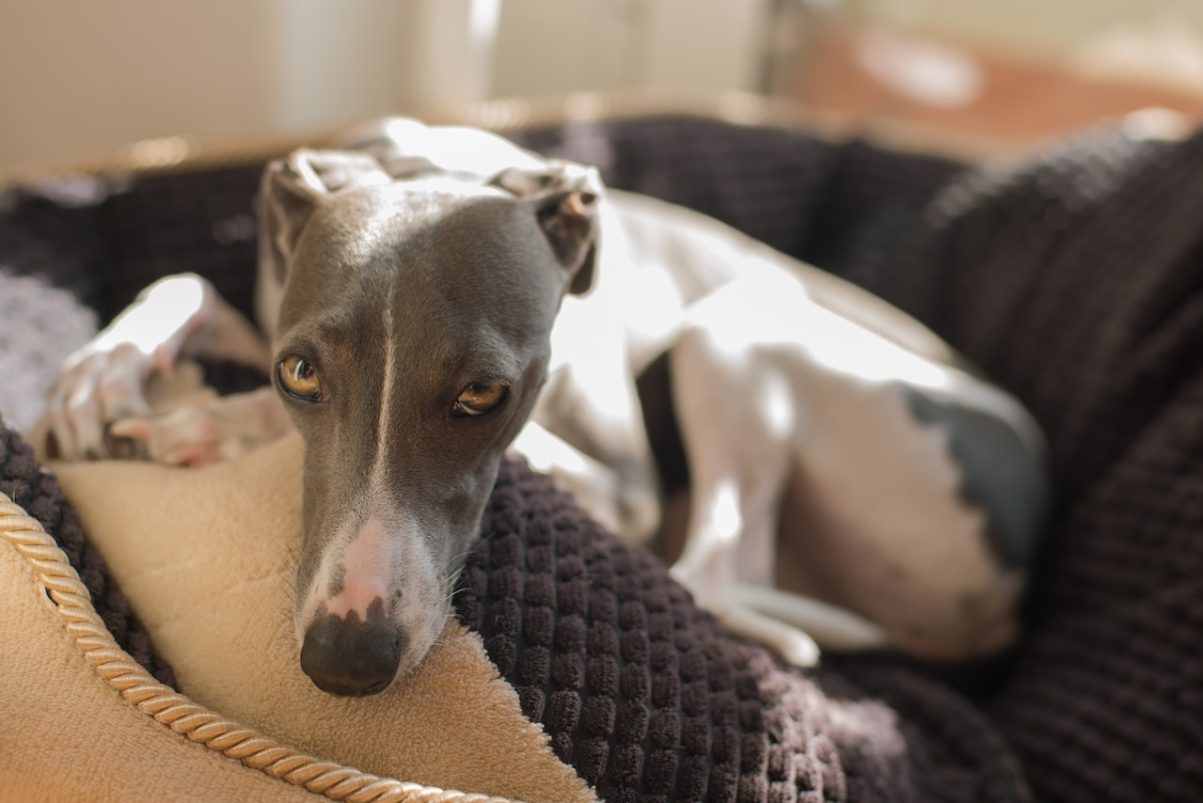
The Italian Greyhound is a good option for those with allergies.
Italian Greyhounds are known for their affectionate nature and athletic ability. They’re great for those who want a hypoallergenic dog that loves to cuddle and run.
Why Are The Italian Greyhounds Hypoallergenic?
Italian Greyhounds have a short, fine coat that sheds minimally.
Plus, they don’t have an undercoat, which is where much of the dander is usually trapped.
9. Afghan Hound
Luxurious long hair!
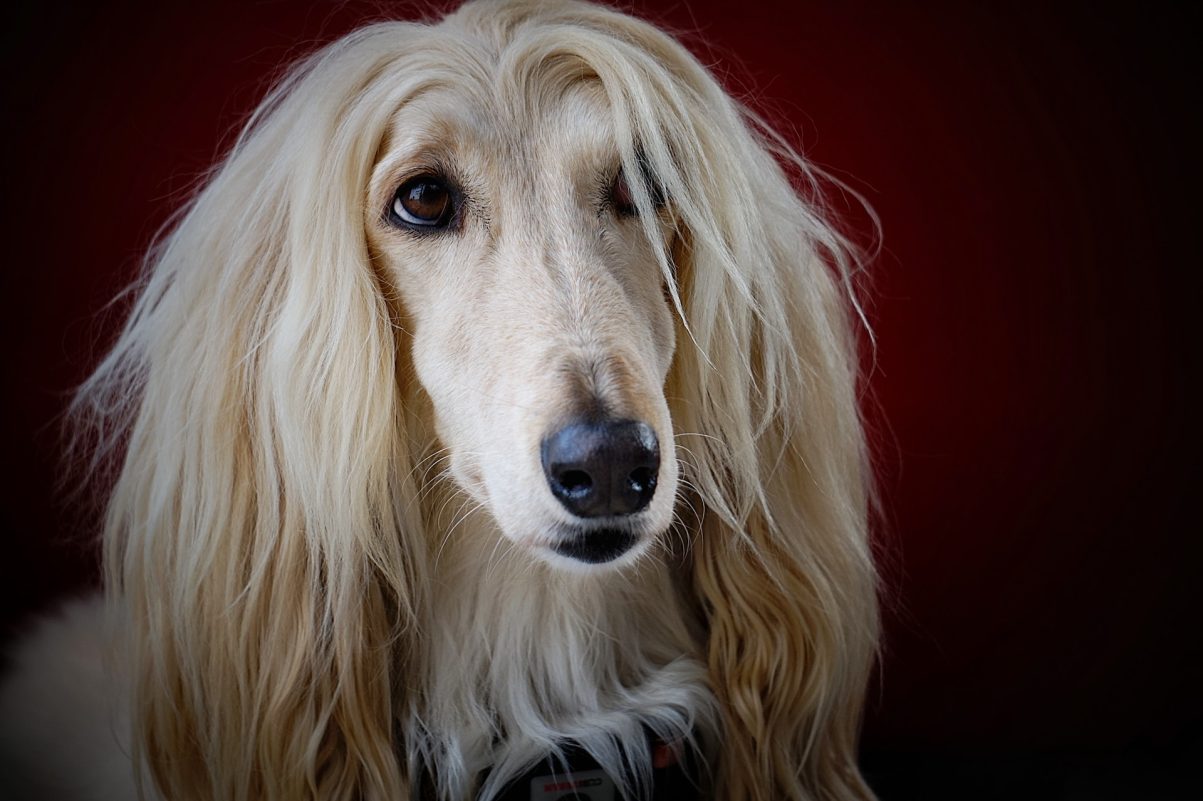
Afghan Hounds are known for their long, silky coats.
Afghan Hounds are dignified dogs with an independent streak.
They’re not as eager to please as some breeds, but they’re loyal and affectionate with their families.
Why Are The Afghan Hounds Hypoallergenic?
Afghan Hounds have long, silky hair. While they require regular grooming, their hair is similar to human hair.
This type of hair produces less dander and sheds less, reducing allergens in the environment.
10. Chinese Crested
Mostly hairless.
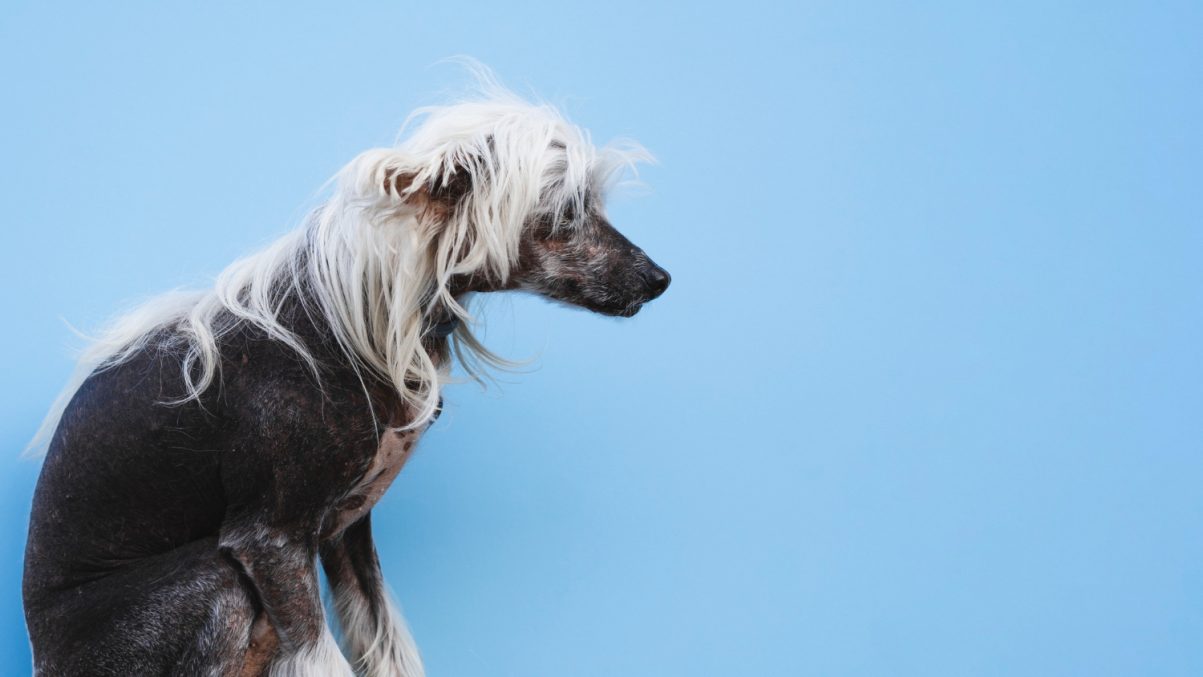
The Chinese Crested comes in two varieties: Hairless and Powderpuff. The Hairless variety, with hair only on the head, tail, and feet, is an excellent choice for allergy sufferers.
Chinese Crested dogs are known for their lively and affectionate personalities.
They’re great companions and get along well with other animals and children.
Why Are Chinese Crested Hypoallergenic
The Hairless variety of Chinese Crested is particularly hypoallergenic due to the lack of coat.
The Powderpuff variety, with its soft double coat, also sheds less and produces fewer allergens.
11. Bedlington Terrier
Woolly and hypoallergenic!
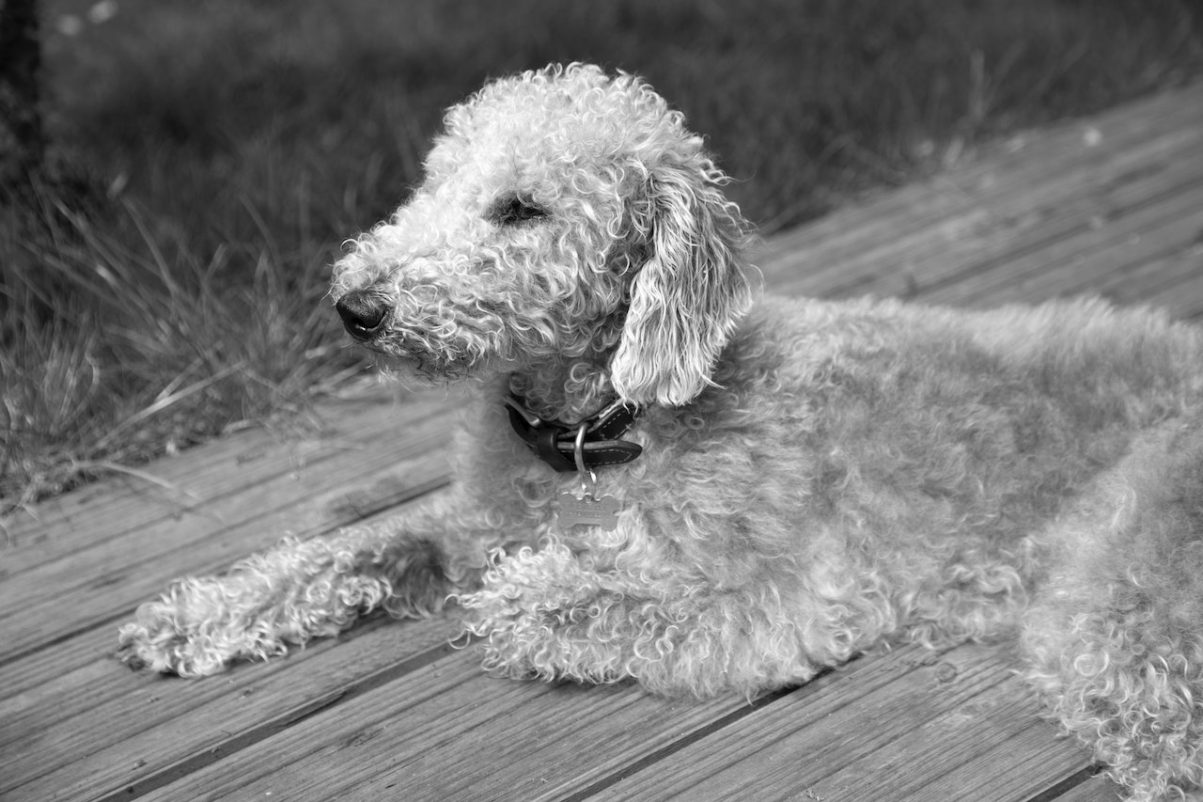
The Bedlington Terrier has a unique, woolly coat that does require regular grooming to keep it in good condition.
Bedlington Terriers are known for their gentle, good-natured personalities. They’re great with kids and make excellent family pets.
Why Are Bedlington Terriers Hypoallergenic?
Their woolly coat sheds very little, making them hypoallergenic. This breed also produces less dander, reducing the spread of allergens.
12. Samoyed
Thick, allergen-trapping coat.
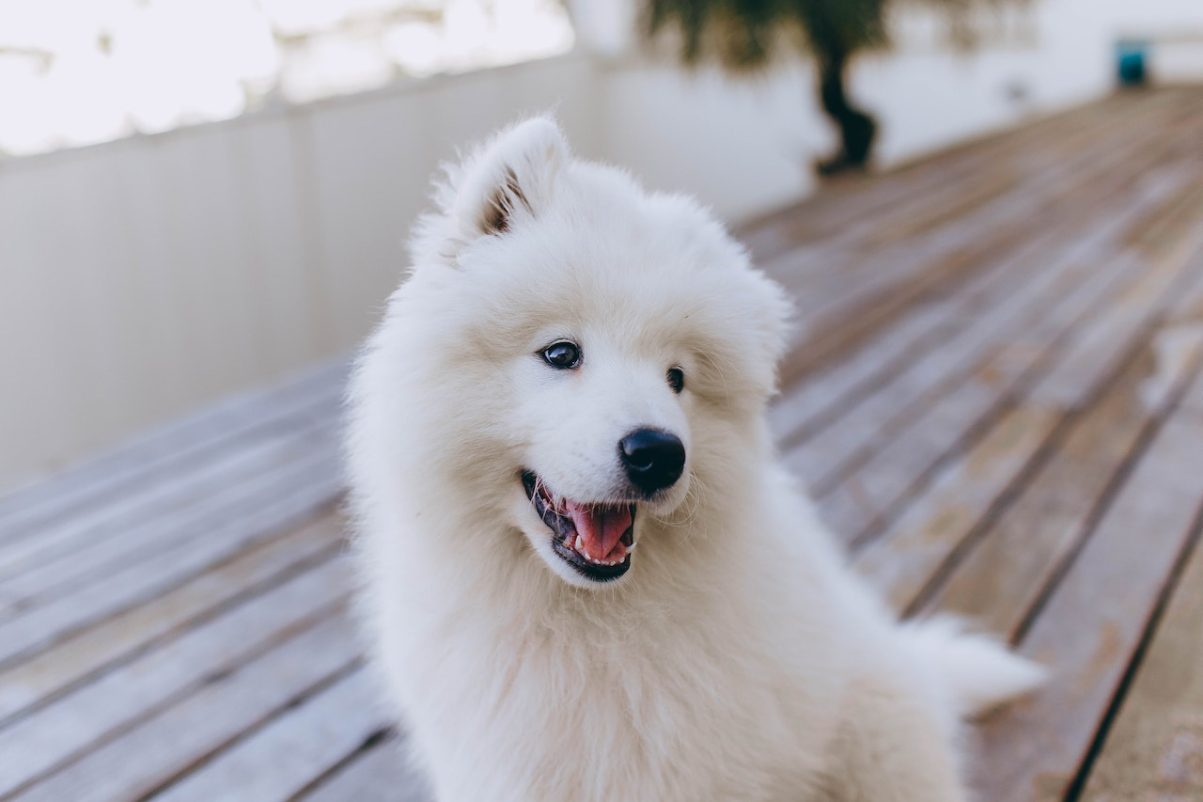
Despite their thick, fluffy coats, Samoyeds are considered hypoallergenic as their hair traps allergens.
Samoyeds are known for their friendly, adaptable nature.
They’re great family pets and get along well with other animals.
Why Are Samoyeds Hypoallergenic?
Samoyeds have a thick, double coat that traps dander. Regular grooming can remove this dander, helping to reduce allergens in the environment.
13. Cairn Terrier
Wiry, hypoallergenic coats.
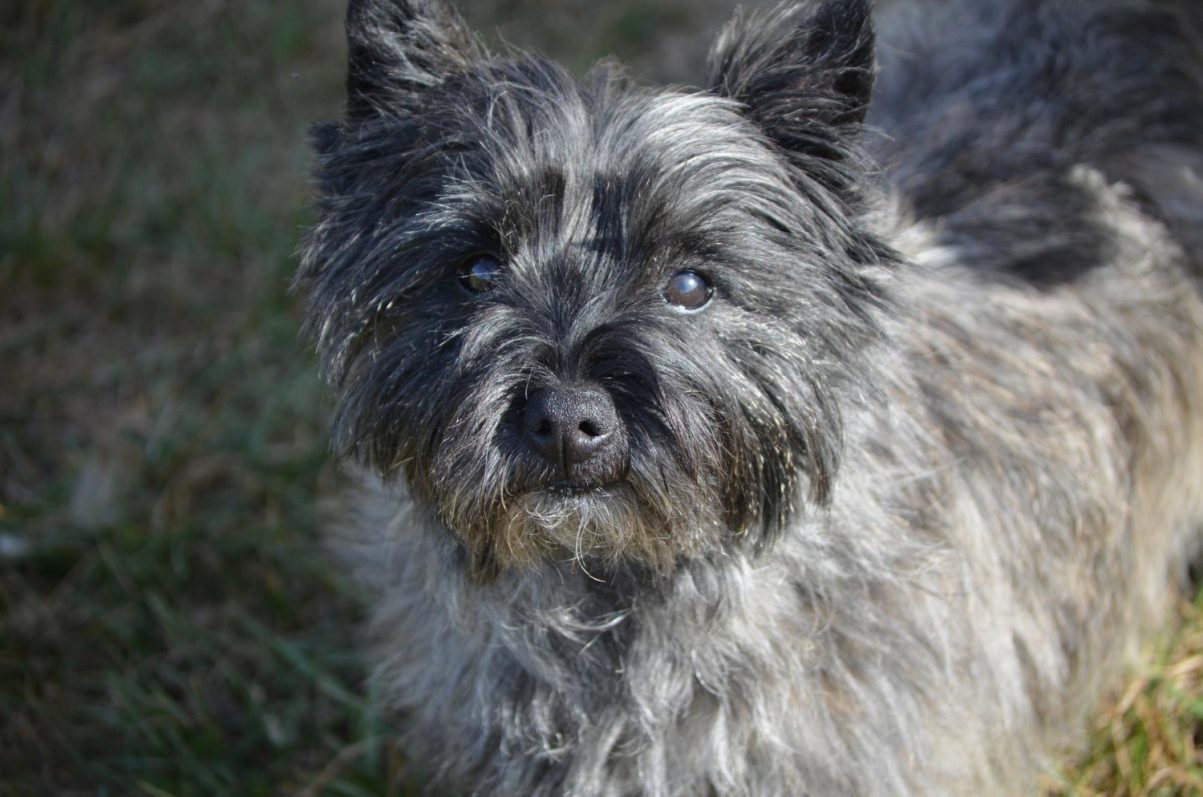
Cairn Terriers have wiry coats that are considered hypoallergenic.
Cairn Terriers are known for their bold, cheerful personalities. They’re active dogs that love to play and explore.
Why Are Cairn Terriers Hypoallergenic?
Cairn Terriers have a dense, wiry coat that doesn’t shed much.
This can help control the spread of dander and other allergens. But their fur does require regular grooming.
14. Yorkshire Terrier
Human-like hair.
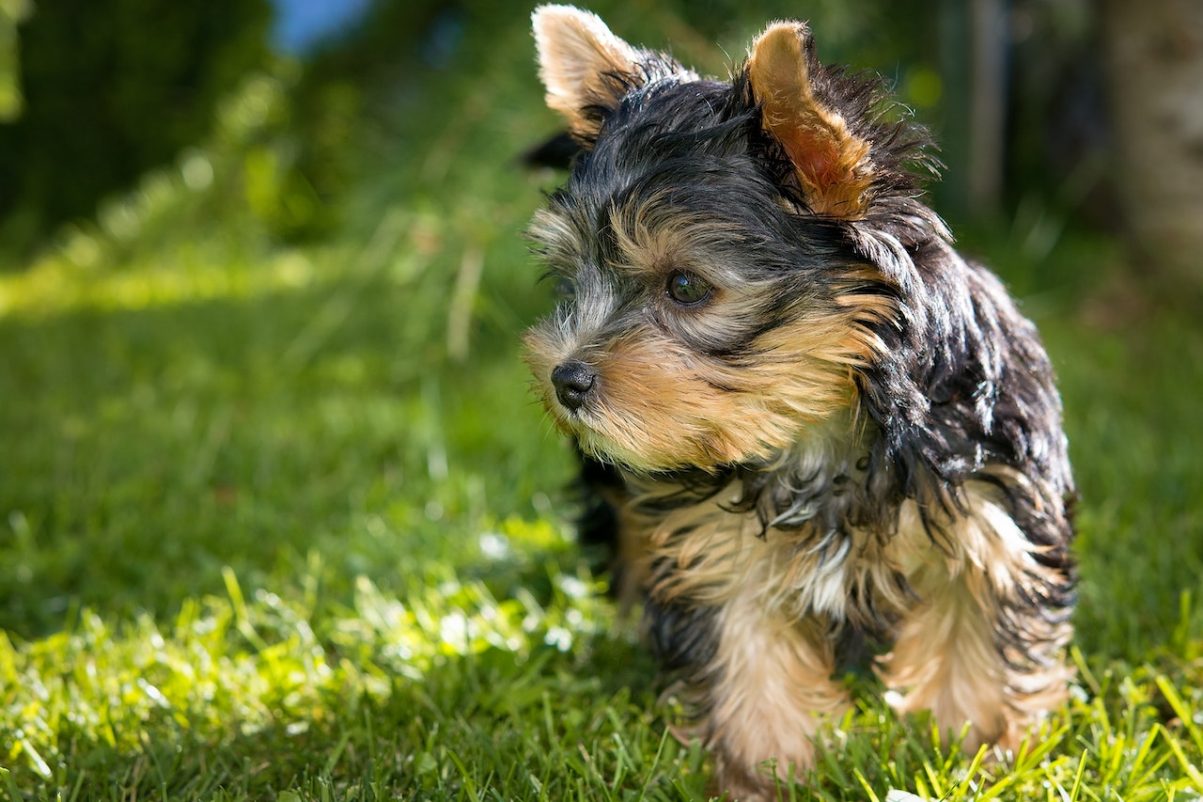
Yorkshire Terriers have hair that’s very similar to human hair, which means it produces less dander.
Despite their small size, Yorkies have big personalities. They’re affectionate, lively, and love being the center of attention.
Why Are Yorkshire Terriers Hypoallergenic?
Yorkshire Terriers have hair that grows continuously and sheds minimally, much like human hair.
This helps to reduce dander and allergens in the environment. Regular grooming can help keep allergens at bay.
15. Irish Water Spaniel
Curly, hypoallergenic coats.
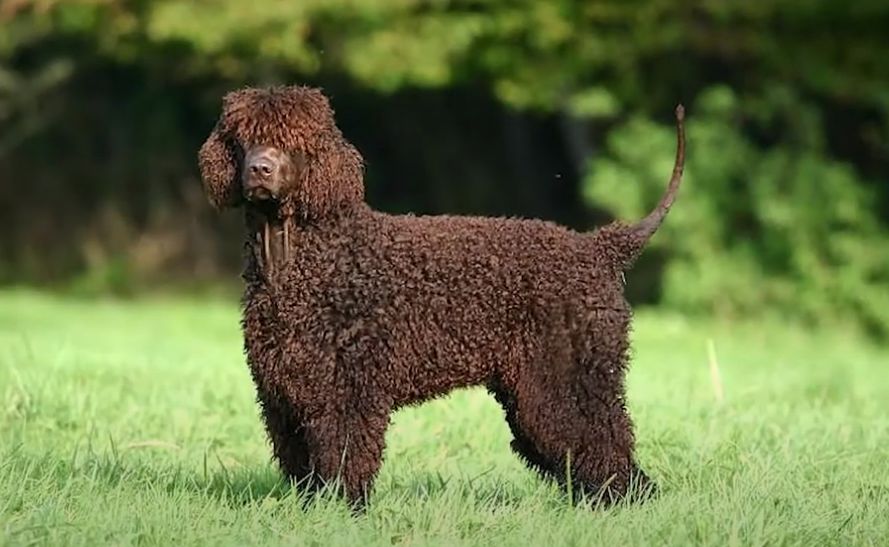
Irish Water Spaniels are great for those with allergies.
Irish Water Spaniels are known for their energy and intelligence. They love to swim and require regular mental and physical stimulation.
Why Are Irish Water Spaniels Hypoallergenic?
Irish Water Spaniels have tight, curly coats that trap dander and reduce shedding, making them hypoallergenic.
Regular grooming can help manage the dander and keep allergens at bay.
16. Labradoodle
Hypoallergenic hybrid!
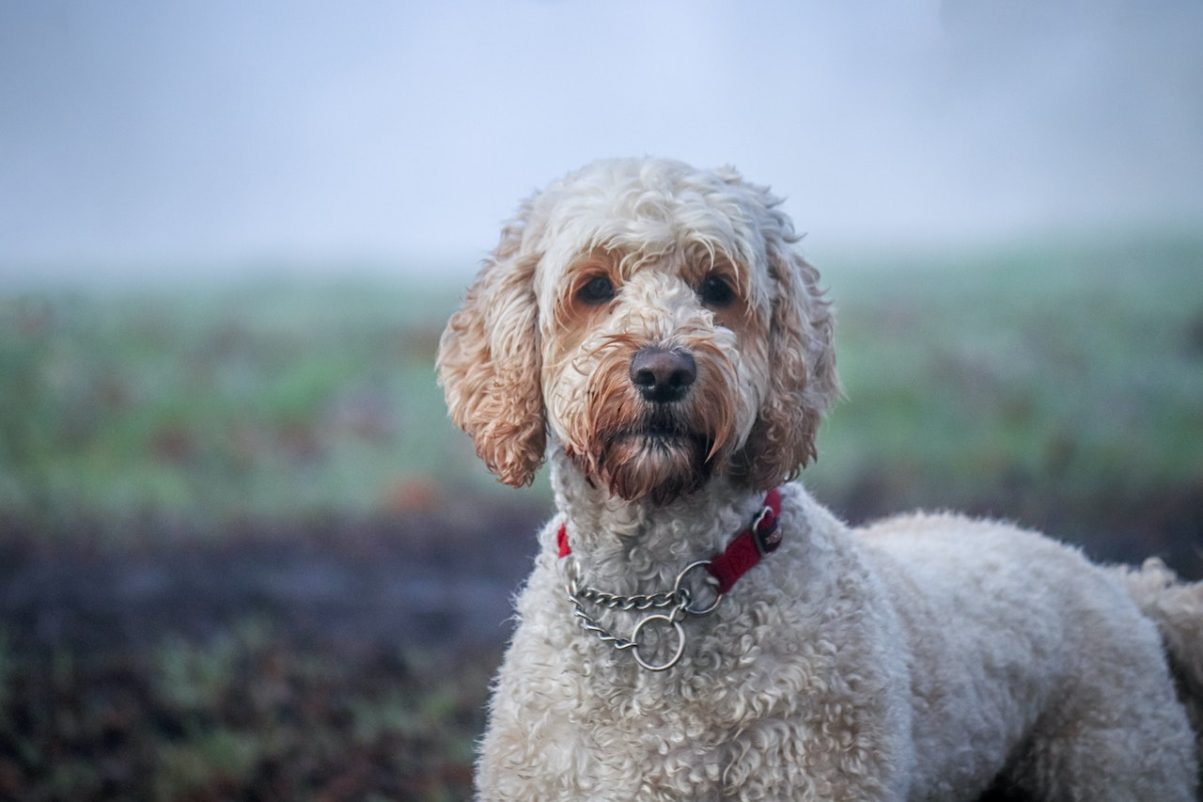
The Labradoodle, a cross between a Labrador Retriever and a Poodle,.
Labradoodles are known for their friendly, intelligent personalities. They’re great family pets and are often used as therapy and assistance dogs.
Why Are Labradoodles Hypoallergenic?
Labradoodles often inherit the Poodle’s hypoallergenic coat.
Their hair is more like human hair and doesn’t shed as much, which helps reduce dander spread.
17. Bouvier des Flandres
Thick, hypoallergenic coats.
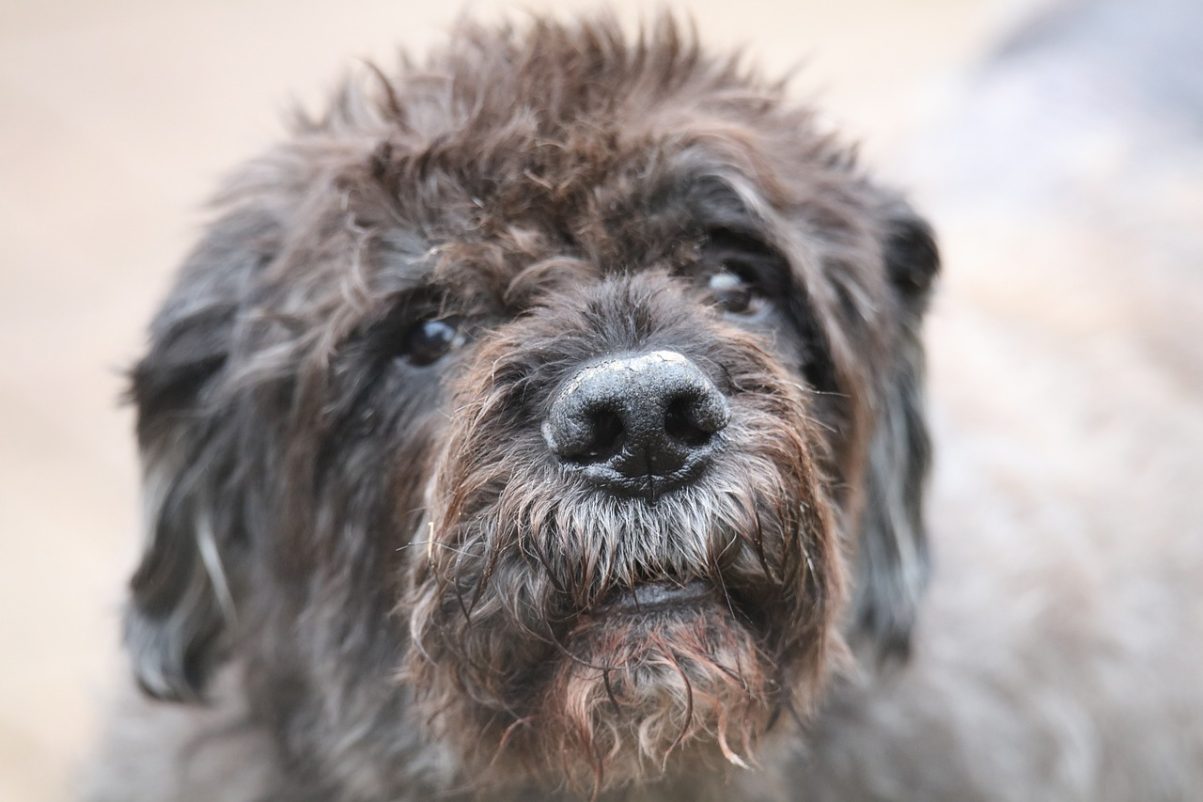
The Bouvier des Flandres has a thick, hypoallergenic.
These dogs are known for their calm, loyal personalities. They’re great watchdogs and are protective of their families.
Why Are Bouvier des Flandres Hypoallergenic?
The Bouvier des Flandres has a thick double coat that traps dander and minimizes shedding, making it hypoallergenic.
Regular grooming can help manage dander and reduce allergens.
18. Airedale Terrier
Wiry, hypoallergenic coats.
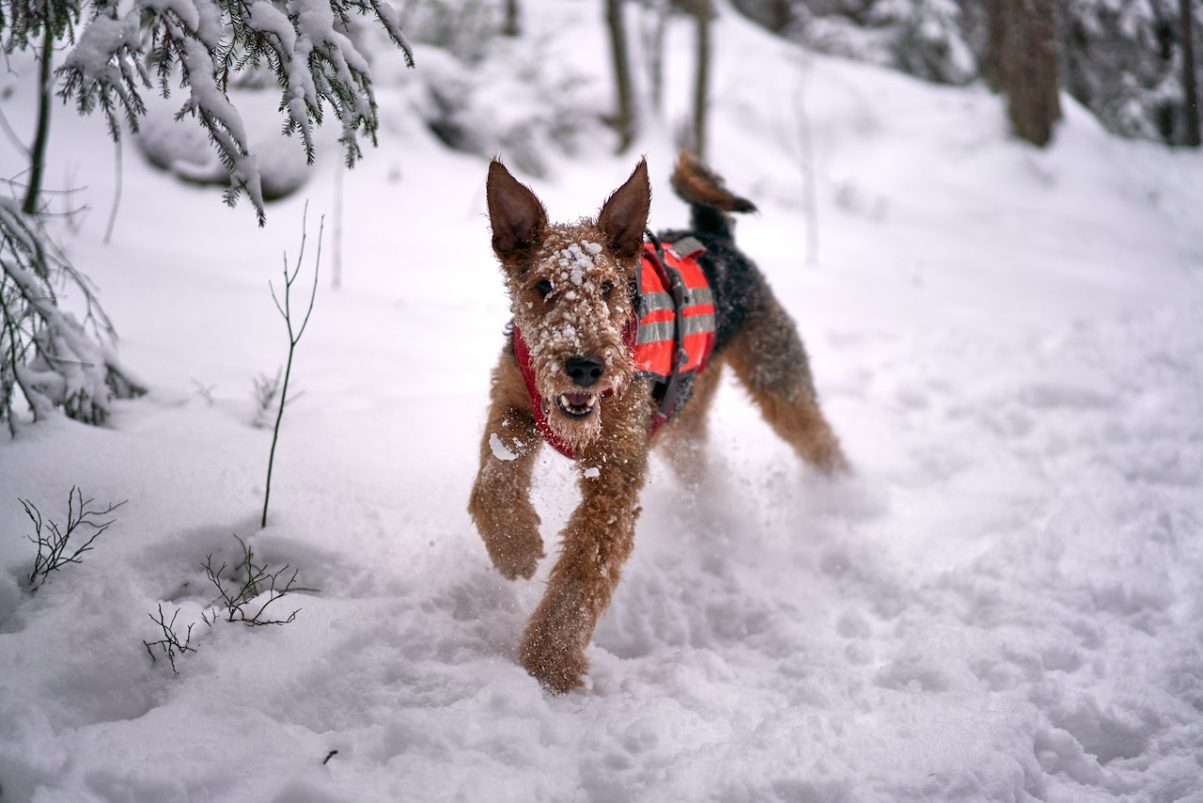
Airedale Terriers have a wiry coat that’s hypoallergenic. They are known for their bold, versatile personalities.
They’re highly trainable and excel in various dog sports.
Why Are Airedale Terriers Hypoallergenic?
Airedale Terriers have a dense, wiry coat that doesn’t shed much. This can help control the spread of dander and other allergens.
19. Scottish Terrier
Dense, hypoallergenic coats.
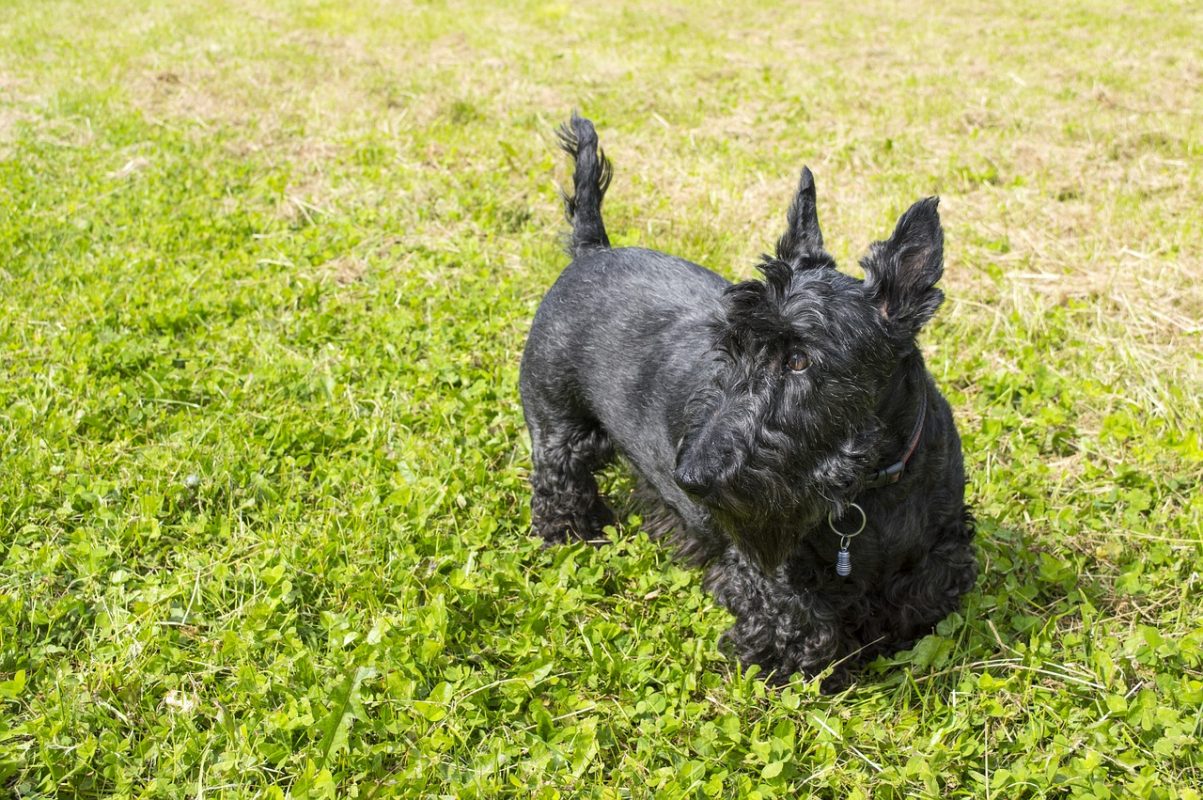
Scottish Terriers are known for their independent, spirited personalities. They’re great companions but also enjoy having time to themselves.
Why Are Scottish Terriers Hypoallergenic?
Scottish Terriers have a dense, wiry coat considered hypoallergenic, that traps dander and reduces shedding.
Regular grooming can help manage dander and keep allergens to a minimum.
20. West Highland White Terrier
Compact and hypoallergenic
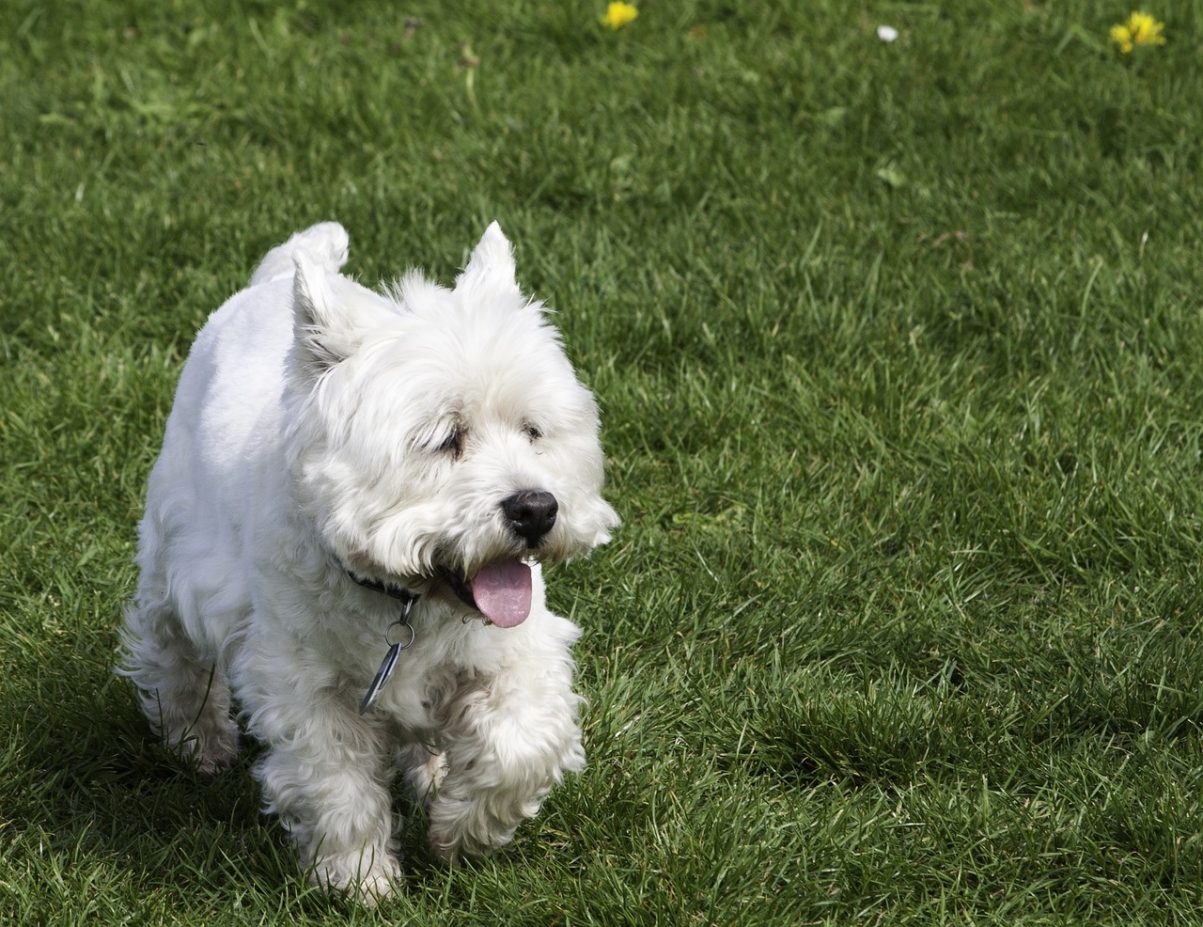
Westies are known for their friendly, courageous personalities. They’re great family pets and get along well with other animals.
Why Are Westies Hypoallergenic?
Westies have a thick, compact size double coat that traps dander and reduces shedding, making them hypoallergenic.
Regular grooming can help manage dander and keep allergens at bay.
Hypoallergenic Dogs’ Stats and Facts
The current statistics and facts about hypoallergenic dogs can provide you with a better picture of what it means to own a hypoallergenic dog breed.
Here’s some facts to consider:
Allergies and Pets
Approximately 33% of people with allergies in America are allergic to cats and dogs, with cat allergies being twice as common as dog allergies.
Despite the misconceptions, allergies are not triggered by your pet’s fur or hair.
Instead, allergic reactions are caused by proteins found in a pet’s saliva, dander, or urine.
Some dog breeds, however, like the Maltese, are less likely to trigger allergies.
What Does Hypoallergenic Breed Mean?
Hypoallergenic dog breeds are those that are less likely to trigger allergic reactions in people with allergies.
These breeds are known to produce less dander (tiny skin particles shed by animals) and shed less hair, which reduces the amount of allergens that can accumulate in the environment.
However, no dog breed is completely hypoallergenic, and some people with severe allergies may still react to these dogs.
Characteristics of Hypoallergenic Dog Breeds
Typically, hypoallergenic dog breeds have a non-shedding coat or a coat that sheds very little, produce less dander and saliva (which can also contain allergens), and tend to be smaller in size, which means they produce less dander overall.
Caring for Hypoallergenic Dogs
While hypoallergenic dog breeds may be less likely to trigger allergies, they still require proper care to ensure their health and happiness.
Regular grooming is necessary to keep their coat healthy and minimize shedding.
Check out this incredible Self-Cleaning Slicker Dog Brush for Shedding Hair, Fur…
All dogs, including hypoallergenic breeds, need regular exercise to maintain their physical and mental health.
A balanced and nutritious diet is also essential.
5 Best Hypoallergenic Family Dogs
If I was to go and buy, choose a hypoallergenic dog for my family, there are a few breeds that really stand out and get my attention.
These breeds are known not only for being hypoallergenic but also for their friendly disposition, patience, and love for kids.
Here’s our list of 5 hypoallergenic family friendly dog breeds…
1. Labradoodle
Friendly, intelligent, great with kids and easy to train.
2. Bichon Frise
Cheerful, playful, gentle with children and get along well with other pets.
3. Schnauzer
Protective, easy to train, great watchdogs and good with kids.
4. Poodle
Intelligent, friendly, and good with kids.
5. Portuguese Water Dog
Affectionate, adventurous, playful.
5 Low-Maintenance Hypoallergenic Dogs
While all dogs require care and attention, some breeds are lower maintenance than others.
If you’re looking for a hypoallergenic, low-maintenance dog that doesn’t require extensive grooming or high levels of physical activity, consider the following breeds:
Basenji
Basenjis are often referred to as the “cat” of the dog world.
They’re self-grooming, quiet (known for their unique yodel-like bark, called a “barroo,” instead of a typical dog bark), and have a moderate energy level.
Italian Greyhound
Italian Greyhounds require minimal grooming due to their short, thin coats.
They’re also relatively low-energy dogs, requiring less exercise than many other breeds.
Chinese Crested
The Hairless variety of Chinese Crested requires very little grooming, though they do need sunscreen when outside for extended periods.
They’re also moderate in terms of energy levels.
Shih Tzu
While Shih Tzus require regular grooming, they’re a lower-energy breed that enjoys being a lap dog as much as playing.
Cairn Terrier
Cairn Terriers are low to moderate in terms of energy level. They require regular grooming, but their wiry coats are relatively easy to maintain.
These low-maintenance hypoallergenic breeds are great for individuals or families who may not have the time or ability for extensive grooming or exercise routines.
However, let’s not forget that all dogs require basic care, training, and regular veterinary checkups.
Hypoallergenic Dog Breeds by Size
People choose dog breeds based on a variety of factors, and size is often one of them.
Whether you live in a small apartment or have plenty of backyard space, there’s a hypoallergenic dog breed that will fit your home and lifestyle.
Let’s take a look at the top hypoallergenic dog breeds categorized by size:
Small Hypoallergenic Dogs
Small dogs are great for apartment living or for those who prefer a pet that’s easy to physically manage.
These breeds are small but filled with lots of personality:
- Bichon Frise
- Shih Tzu
- Maltese
- Italian Greyhound
- Chinese Crested
- Yorkshire Terrier
- West Highland White Terrier
- Scottish Terrier
Medium Hypoallergenic Dogs
Medium-sized dogs are a great middle ground.
They’re still small enough to comfortably live in smaller spaces, but big enough to join in on more rigorous activities:
- Poodle (Small and medium sizes – Toy and Miniature Poodle)
- Schnauzer (Standard Schnauzer)
- Basenji
- Cairn Terrier
- Airedale Terrier
- Labradoodle (Depending on the mix, Labradoodles can range from medium to large size)
Large Hypoallergenic Dogs
If you have plenty of space and enjoy a big, friendly dog, these hypoallergenic breeds may be a perfect match.
They’ll need a bit more room to move around, but they’ll also be up for long walks and active play:
- Poodle (Standard Poodle)
- Portuguese Water Dog
- Afghan Hound
- Samoyed
- Bouvier des Flandres
- Irish Water Spaniel
- Labradoodle (Some Labradoodles, depending on the mix, can be on the larger side)
Of course, the size descriptions for these breeds are averages. Individual dogs may be slightly smaller or larger.
Always consider the specific needs and personality traits of a breed, beyond just their size, when choosing a new pet.
Hypoallergenic Dog Breeds – Frequently Asked Questions
Can hypoallergenic dogs still cause allergies?
Yes, although hypoallergenic dog breeds produce less dander and shed less hair, they are not completely allergen-free.
People with severe allergies may still experience symptoms around hypoallergenic dogs.
Are hypoallergenic dogs more expensive?
Hypoallergenic dogs may be more expensive than other breeds due to their rarity and popularity among people with allergies.
Do hypoallergenic dogs require less grooming?
No, hypoallergenic dogs still require regular grooming to maintain their coat and minimize shedding.
However, they may produce less dander than other breeds.
Our Choice Of Hypoallergenic Dog Breed
Poodles are our choice!
They come in various sizes (toy, miniature, and standard), which allows for flexibility depending on your living situation and lifestyle.
They also have a curly, non-shedding coat that produces less dander than other breeds, making them a suitable choice for those with allergies.
Poodles are also known for their intelligence, which can make training easier.
With proper care and management, these dogs can provide years of love and companionship.
Final Thoughts
Remember that individual experiences with allergies can vary, so what works for one person might not work for another.
While the above 20 dog breeds may be better for allergy sufferers, these are just general considerations.
Everyone’s allergies are different, and what works for one person may not work for another.
Always spend time with a breed before deciding to bring one into your home to ensure it’s a good fit for you and your family.
Happy hypoallergenic dog hunting!

